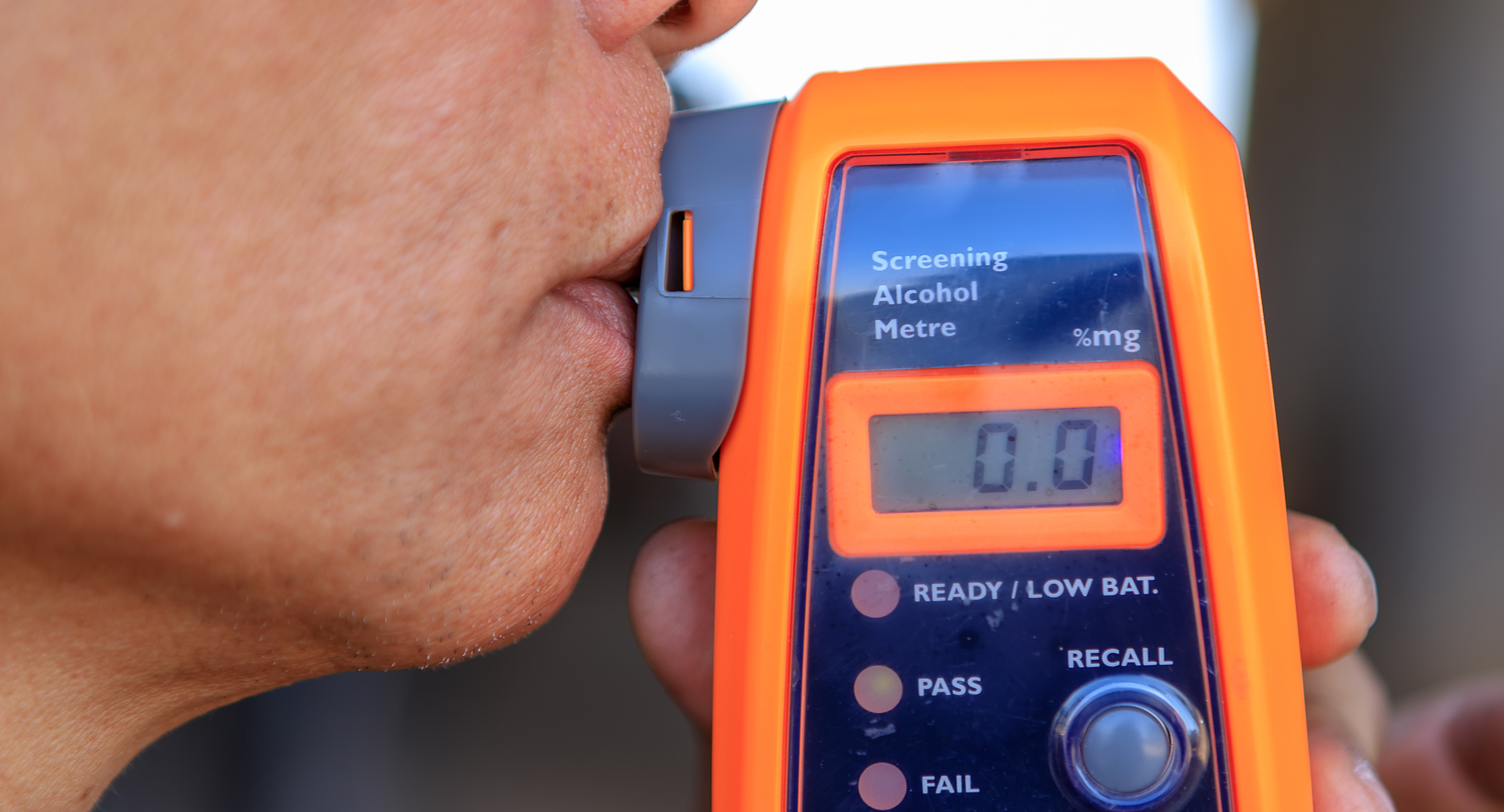- You cannot shoot someone simply for trespassing
- The law says you can use force to remove someone from your property, but you cannot use deadly force
- Any situation that justifies deadly force would involve a more serious criminal charge, such as burglary or attempted robbery
You can’t shoot someone simply for trespassing in Texas, but you can take other actions to defend your property.
Many of our clients are gun owners, and they often believe that they have the right to use those guns to protect themselves under any circumstance. However, the legal right to own and carry a gun doesn’t mean you’re allowed to shoot someone – or use any other type of deadly force – for trespassing.
While you can use force to remove someone from your property, you cannot use deadly force unless the intruder poses an imminent threat of injury or death. If you don’t follow the law, you could face criminal charges.
If that trespasser pulls a gun or a knife on you, deadly force likely becomes justified, but at that point, you aren’t shooting a trespasser. You’re shooting to prevent an attack, attempted robbery, or even attempted murder.
When Can You Shoot Someone for Trespassing?
Texas has two laws that allow people to defend their property with deadly force without retreating – as long as the person is posing an imminent threat. These are commonly known as the Castle Doctrine and Stand Your Ground laws.
A lot of Americans mistakenly believe that the “Castle Doctrine” provides blanket protection to shoot anyone on your property. Consider this incorrect explanation on Reddit:

Though the Castle Doctrine doesn’t require you to withdraw or warn that you intend to use deadly force, you still don’t have blanket protection to use deadly force against intruders.
Homeowners are not allowed to “shoot anyone on your property” in Castle Doctrine states. Use of deadly force must be justified, and the bar to prove this can be high. This includes if and when a trespasser enters your house. You still must reasonably believe that you’re in danger of imminent harm, and in that instance, you aren’t responding to a “trespasser.” You’d be responding to stop an attempted robbery or assault.
Certain actions are not protected, including:
- Provocation of the intruder: If you intentionally provoke someone so that you can justify your actions as self-defense, you are not protected. Homeowners may not instigate the situation.
- Unreasonable belief of threat: If a reasonable person would not believe they were at risk of immediate harm, use of force may not be justified. For example, Amber Guyger, a then-Dallas police officer, entered the wrong apartment one evening after a shift, and fatally shot Botham Jean, a young Black man. Guyger used deadly force, even though the “intruder” was sitting on the sofa eating ice cream. Because he was unarmed, jurors determined that she used excessive force.
- Engagement in criminal activity: If you’re committing a crime at the time of the incident, you will not be able to claim self-defense.
In these instances, you could still end up facing criminal charges, and a grand jury will have to determine whether use of deadly force was necessary
READ MORE: What is the Castle Doctrine?
Force vs. Deadly Force
Texans have the right to use force to stop trespassers and thieves if necessary. However, force and deadly force are not the same
According to the U.S. Department of Justice, there are five categories of force under federal law. Though these standards aren’t used in Texas, they provide a guideline of the types of actions that would be legally permissible against trespassers:
- Level one: Verbal
- Level two: Weaponless
- Level three: Less Lethal Weaponry (TASERs, stun guns, stun belts, pepper spray, stink bombs, laser dazzlers, bright lights or physical barriers)
- Level four: Lethal weapons (Defensive)
- Level five: Lethal weapons (Offensive)
Level one and level two are clearly safe ways to deter trespassers. Most level three acts will also meet the standard for “force,” however use of TASERS and stun guns can be a gray area. If one of these devices leads to serious injury or death, it may be considered “deadly force.”
If you choose to shoot (and wound or kill) a trespasser, you will likely face arrest, criminal charges, and a jury will have to determine whether or not use of deadly force was justified.
Was Deadly Force Justified?
If you shoot (or otherwise injure) someone on your property, a grand jury may have to determine whether deadly force was justified or warranted.
There involves a three-step deliberation process:
- Were you justified in using this level of force? (Texas Penal Code section 9.41)
- Did you have a reasonable belief that deadly force was immediately necessary ?
- Jurors must agree that you believed you had no other means to protect your property or yourself (and that you would have risked serious injury or death had you used less force)
You will have to present an affirmative defense, which doesn’t determine innocence or guilt. Instead, an affirmative defense introduces evidence that, if proven, provides a legal reason why the defendant was justified in his use of deadly force. In these instances, the burden of proof is initially on the defendant, however the burden will shift back to the State to disprove the justification.
However, none of this occurs until after you’ve been arrested, charged with a crime, and have had to pay to post bail and for an attorney. Going to trial can take time, and in the meantime, if your case draws a lot of publicity, you’ll also have to deal with the potential social stigma.
If you end up in court before a jury, you’ll have to convince the jurors that your use of deadly force was justified. Each juror will have a different opinion on what could be considered an imminent threat, so defending your actions in a jury trial could be more complicated than you’d think – and outcomes are never guaranteed when they go to a jury.
Real Examples: When is Deadly Force Justified?
Take this actual example from a community news page:
Might be nothing, but I was driving home… Saw someone walking in the alley in full black and wearing a ski mask. Again, it might be nothing but just be cautious.
In this instance, many local homeowners commented (incorrectly) that state laws allowed them to pull a gun on the person and fire if the person approached their property.
In this example, you might be allowed to use force (pushing, shoving, or other actions to remove the intruder from your property). However, the alley itself is public property, and deadly force is not justified unless the oddly dressed stranger takes actions that make you fear your life is in immediate danger.
At that point, you’re not shooting a “trespasser.” These actions would be considered aggravated robbery or attempted murder.
However, when police arrived to investigate the mysterious individual, they found that it was a local homeowner who had recently undergone surgery, and the “ski mask” was a protective cover. Because there was no imminent risk of danger, this example would not meet the legal criteria for the use of deadly force.
In a separate example, a homeowner shot and killed an intruder who broke a window and entered his home on Christmas Eve.
Before firing, the homeowner repeatedly warned the intruder that he was armed, and he demanded the intruder exit the home. The intruder ignored the warnings, moving further into the home, and the homeowner fatally shot the intruder.
In this instance, a grand jury rightfully determined that the homeowner’s use of deadly force was justified.




